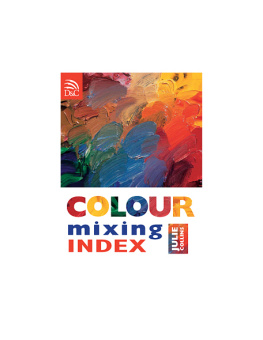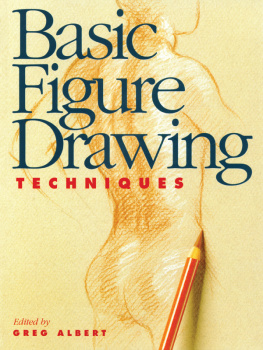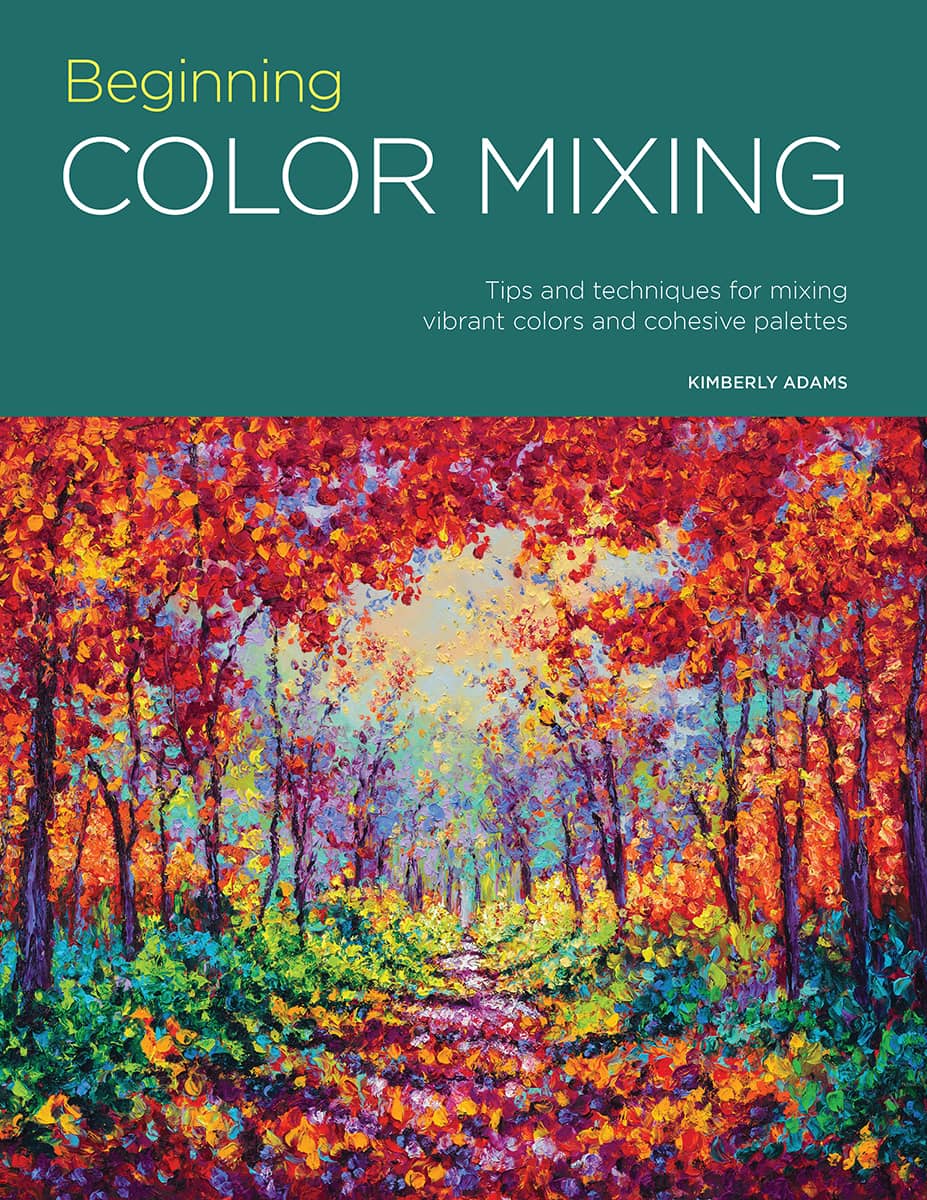Beginning
COLOR MIXING
Tips and techniques for mixing vibrant colors and cohesive palettes


Introduction
The first thing we notice when viewing a painting for the first time is its color. It draws in the viewer and grabs attention. I often think that if artists were playwrights, then color would be their actors. Taking the stage and acting out a well-designed scene. Playing off each other and leading the viewer through an act full of emotion and feeling.
What are the rules for using color? The rules happen to be more like guidelinesand guidelines tend to be more malleable. For every time that someone makes a statement that the rules of color theory are a certain way, I can point to an artist who has broken that ruleand with an impeccable piece of art.
However, understanding the basics and using these guidelines is imperative to creating a painting that is timeless and expresses emotion. You must know and understand the basics before you can push the boundaries. Not to mention that when we get stuck or have trouble with a painting, these guidelines help get us back on track.
Understanding color and how to use it doesnt have to be complex. Walking into an artist-supply store or shopping online can feel overwhelming, with what feels like an endless amount of paints, brands, and mediums. Who knew there were so many versions of red? And for the new artist, choosing a primary color can be a daunting task. Where does one begin?
I personally prefer a simple approach, with a select palette of colors that I use for every painting. From time to time I mix a new color, but more often, my selection of colors allows me to paint directly from the tube and create intense color. Some artists prefer mixing and creating their own variations of color. Depending on what you prefermixing endless combinations of paint or using premixed colorsthis book will give you a basic guide to color theory to help get you started.
In the pages that follow, I share my tips on how I use vibrant color to bring a painting to life, starting with a basic setup and my simple rule of three for choosing colors. Then Ill cover the basics of color theory and finish with step-by-step instruction on how to apply color from life to the canvas.
I hope that by reading this book and following along with the guidelines, you will find color theory to be less intimidating and feel more confident in choosing color to create balance and harmony in your own work.
Happy painting!
GETTING
Started
Before we begin, what is it that you want to paint? Will it be a watercolor, an acrylic, or an oil painting? Will you paint from life, a photograph, or your imagination? What type of style will it be: photorealistic, impressionistic, or abstract? Once you have narrowed down these questions, you can begin your journey to discover the endless possibilities of your creativity with color.
Setting Up a Workspace
LIGHTING
Lighting is key to achieving the right color in a painting. Improper lighting can lead to a distracting glare on the painting surface or issues with determining the value (lightness and darkness) in the color you are using. Choose a location that has a fair amount of natural light from a window. If natural light isnt an option, make sure your space is well-lit with artificial light using daylight bulbs. Other lights bulbs can create a blue or yellowish tint, which can lead to inaccuracies in achieving the perfect color.
SPACE
Having a well-organized space allows for more time to enjoy your creativity. Make sure you have a place with the tools you need within easy reach. I keep all my paints and tools in a cubby on wheels, which allows me to easily move them to wherever they are needed.
VENTILATION
Open a window or have a fan running to allow the fumes from paints and solvents to escape. Even fumes from paints that do not require solvents, such as acrylics, watercolor, and water-soluble oils, can be an issue over a long period. Its a good practice to paint in a space that allows air to move. You will find you can paint longer and feel better.
SEATING
Use a stool that has adjustable heights to ease the tension of standing for long periods.
EASEL
A good sturdy floor easel is ideal for painting. An easel that is adjustable to different sizes of canvas or panel is beneficial in the long run; however, if you are limited on space and paint on smaller surfaces, a sturdy table easel will work just fine.
A plein air easel can be a good investment, as it is easily transported. This kind of easel is also more versatile and can be used as a table or floor easel.
APRON OR PAINTING SHIRT
I am the worst at thinking, Im going to touch up a painting real quick, not grabbing an apron to protect my clothes, and then, minutes to hours later, find that I have paint all over me. Best practice is to place an apron or paint shirt next to your easel so you are more likely to put it oneven just for a quick touch up.
Painting Tools & Materials
COLOR WHEEL
A basic color wheel can be found at any artist-supply store or online art retailer. Its a good tool to keep nearby when exploring or planning color palettes. An artist studio isnt complete without it.
VALUE FINDER & RED CELLOPHANE
Looking through red cellophane at an object or painting removes color, showing instead the values they create. Its one of my favorite tools to use while painting. As I use color to create depth, I occasionally look through red cellophane while Im painting to ensure that the values are present and balanced. Its a great tool to ensure your lights and darks are accurate. Along with the red cellophane, I keep a gray scale (or value finder) handy as a reference for lights and darks.
PALETTE
A palette is a flat surface used to mix paint colors. As a finger painter, I wear gloves and paint directly from the tube, without using a palette. However, if you are using brushes or a palette knife to create your masterpieces, there are different types of palettes available. Two of the most common are a stay-wet palette and a traditional palette.
STAY-WET PALETTE This kind of palette is designed to keep water-based paint fluid for longer periods of time. When using this type of palette, you can keep paint wet for several days or weeks before it dries out.












